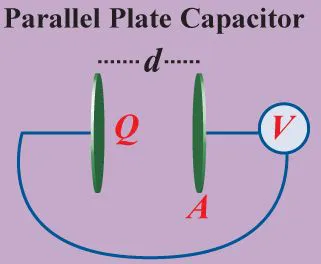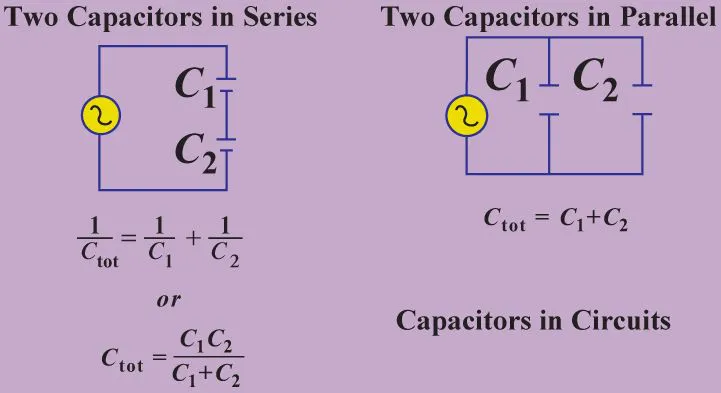
eBook - ePub
Physics
This is a test
Condividi libro
- 6 pagine
- English
- ePUB (disponibile sull'app)
- Disponibile su iOS e Android
eBook - ePub
Physics
Dettagli del libro
Anteprima del libro
Indice dei contenuti
Citazioni
Informazioni sul libro
Reference and outline to concepts in physics.
Domande frequenti
Come faccio ad annullare l'abbonamento?
È semplicissimo: basta accedere alla sezione Account nelle Impostazioni e cliccare su "Annulla abbonamento". Dopo la cancellazione, l'abbonamento rimarrà attivo per il periodo rimanente già pagato. Per maggiori informazioni, clicca qui
È possibile scaricare libri? Se sì, come?
Al momento è possibile scaricare tramite l'app tutti i nostri libri ePub mobile-friendly. Anche la maggior parte dei nostri PDF è scaricabile e stiamo lavorando per rendere disponibile quanto prima il download di tutti gli altri file. Per maggiori informazioni, clicca qui
Che differenza c'è tra i piani?
Entrambi i piani ti danno accesso illimitato alla libreria e a tutte le funzionalità di Perlego. Le uniche differenze sono il prezzo e il periodo di abbonamento: con il piano annuale risparmierai circa il 30% rispetto a 12 rate con quello mensile.
Cos'è Perlego?
Perlego è un servizio di abbonamento a testi accademici, che ti permette di accedere a un'intera libreria online a un prezzo inferiore rispetto a quello che pagheresti per acquistare un singolo libro al mese. Con oltre 1 milione di testi suddivisi in più di 1.000 categorie, troverai sicuramente ciò che fa per te! Per maggiori informazioni, clicca qui.
Perlego supporta la sintesi vocale?
Cerca l'icona Sintesi vocale nel prossimo libro che leggerai per verificare se è possibile riprodurre l'audio. Questo strumento permette di leggere il testo a voce alta, evidenziandolo man mano che la lettura procede. Puoi aumentare o diminuire la velocità della sintesi vocale, oppure sospendere la riproduzione. Per maggiori informazioni, clicca qui.
Physics è disponibile online in formato PDF/ePub?
Sì, puoi accedere a Physics di in formato PDF e/o ePub, così come ad altri libri molto apprezzati nelle sezioni relative a Sciences physiques e Physique. Scopri oltre 1 milione di libri disponibili nel nostro catalogo.
Informazioni
Argomento
Sciences physiquesCategoria
Physique
ELECTRICITY & MAGNETISM

- Electric Fields & Electric Charge Examine the nature of the field generated by an electric charge and the forces between charges
- Coulomb, given the symbol C, is a measure of the amount of charge: 1 Coulomb = 1 amp • 1 sec e is the charge of a single electron: e = 1.6022 x 10-19 C
- Coulomb’s Law for electrostatic force, Fcoul =
1 4πεo
r̂q1q2 r2 - Electric Field, E, is the potential generated by a charge that produces Fcoul on charge qo:
E = Fcoul qo - Superposition Principle: The total F and E have contributions from each charge in the system: F = Σ Fi E = Σ Ei
- Sources of Electric Fields: Gauss's Law
- Electric flux, Φe gives rise to electric fields and Coulombic forces
- Gauss’s Law:Φe = ∫ E · dA =
The electric flux, Φe , depends on the total charge in the closed region of interestQ εo
- Electric Potential & Coulombic Energy
- Coulombic potential energy is derived from Coulombic force using the following equation: Ucoul = ∫ Fcoul dr
- Coulombic Potential Energy: Ucoul =
1 4πεo qq' r - Coulombic Potential/Voltage
- The Coulomb potential, V(q), generated by q is obtained by dividing the Ucoul by the test charge, q': U = V(q)q' V(q) =
=U q' 1 4πεo q r
- The Coulomb potential, V(q), generated by q is obtained by dividing the Ucoul by the test charge, q': U = V(q)q' V(q) =
- For an array of charges, qi, Vtotal = ΣVi
- Coulombic Potential Energy: Ucoul =
- Potential for a Continuous Charge Distribution: V =
∫1 4πεo dq r - The Dielectric Effect
- Electrostatic forces and energies are diminished by placing material with dielectric constant l between the charges
- Voltage and electrostatic force (V & F) depend on the dielectric constant, k
- For a material with dielectric constant k : V(k) =
V(vacuum) F(k) =1 k
F(vacuum)1 k
- Coulombic potential energy is derived from Coulombic force using the following equation: Ucoul = ∫ Fcoul dr
- Capacitance & Dielectrics
- A capacitor consists of two separated electrical conducting plates carrying equal and opposite charge. A capacitor stores charge/electrical potential energy
- Capacitance, C, is defined as the ratio of charge, Q, divided by the voltage, V, for a capacitor: C =
V is the measured voltage; Q is the chargeQ V - Energy stored in a charged capacitor: U =
= ½QV = ½CV2½Q2 C - Parallel plate capacitor, with a vacuum, with area A, and spacing d:
- Capacitance: C = εo
A d - Energy Stored: U = ½εoAdE2
- Electric Field: E =
=V d Q εoA
- Capacitance: C = εo
- Parallel plate capacitor, dielectric material with dielectric constant k, with area A, spacing d: C =

= kC0 C0 = vacuum capacitorkεoA d - Capacitors in Circuits: A group of capacitors in a circuit is found to behave like a single capacitor
- Capacitors in Series:
= Σ1 Ctot 1 Ci - Capacitors in Parallel: Ctot = ΣCi
- Energy stored in a charged capacitor: U =

- Current & Resistance: Ohm’s Law
- Current & Charge: The current, I, measures the charge passing through a conductor over a time; total charge, Q: Q = I · t
- Ohm’s Law: Current density, J, is in proportion to the field; σ is called the conductivity: J = σE
- Resistance
- The resistance, R, accounts for the fact that energy is lost by electron conduction; resista...